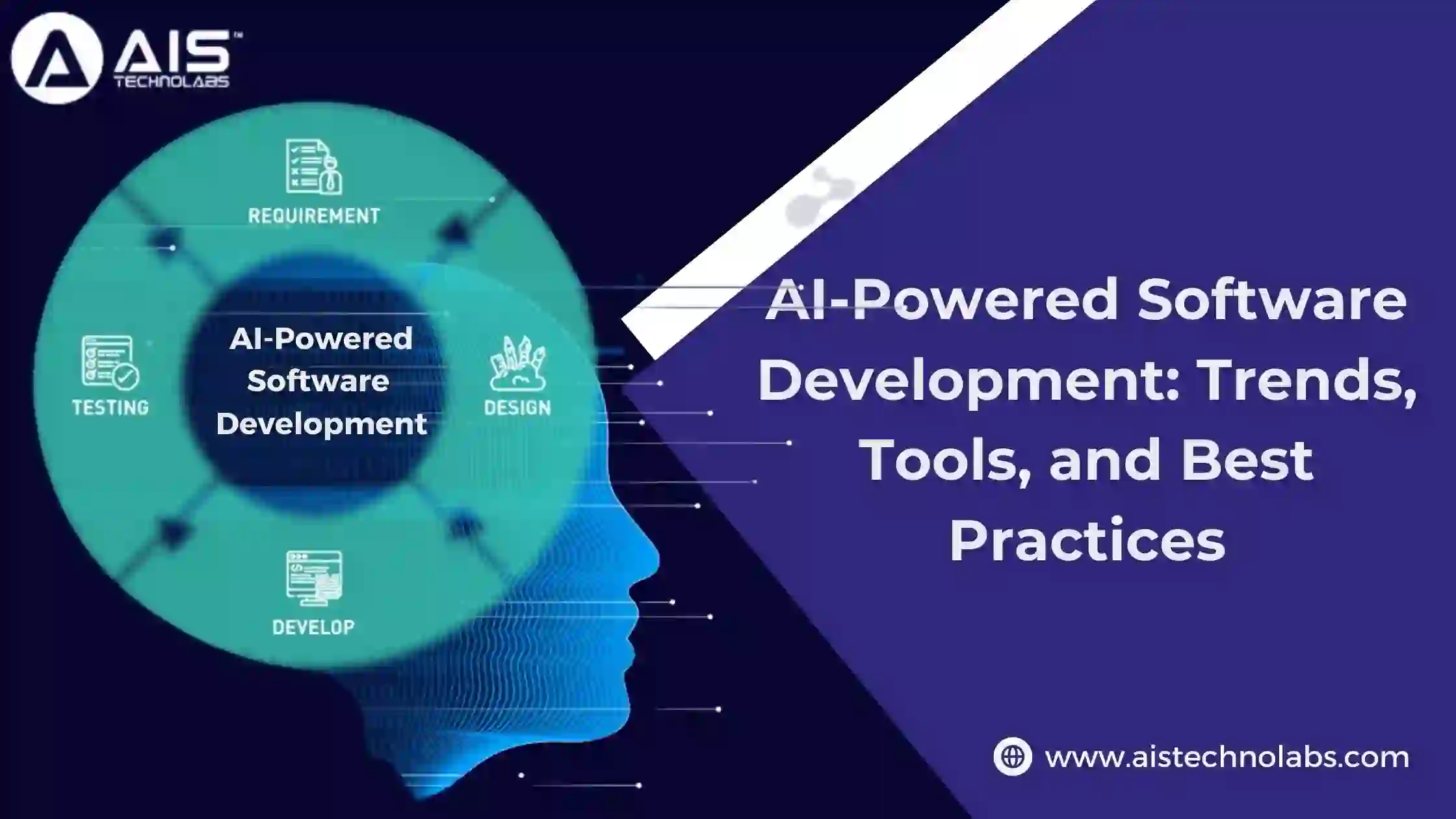Table of Content
(627 views)

Introduction
By 2030, artificial intelligence is projected to make a $15.7 trillion contribution to the global monetary device. This parent isn’t only a prediction; it’s a wake-up call for agencies. AI is reshaping industries, and software program development is no exception. Whether you're a Java Developer, a Full Stack Developer, or a group chief constructing the following big element, AI isn't always only a tool—it’s the engine riding innovation.
What does this suggest for the destiny of software program improvement? For one, the panorama is transferring in the direction of AI-enhanced tools that streamline techniques, boost accuracy, and make human creativity. Let’s explore how you can live beforehand, harness state-of-the-art traits, and combine AI-powered equipment seamlessly into your workflow.
Why AI Matters in Software Development
AI’s influence on software development is profound. From automating repetitive coding responsibilities to improving debugging abilities, it’s clear that AI is no longer non-obligatory for competitive groups. Consider these applications:
- Code Optimization: Tools like TabNine and Kite use AI to predict and complete lines of code for developers.
- Error Detection: AI-powered systems identify vulnerabilities faster than traditional methods.
- Automation: CI/CD pipelines enhanced with AI simplify deployment and maintenance tasks.
The takeaway? Developers who integrate AI tools save time and build more efficient systems, whether they specialize in Mean Stack Development or mobile frameworks like Flutter.
Key Trends in AI-Powered Software Development
- The Rise of Low-Code and No-Code Platforms: AI is democratizing development. Platforms like Mendix and OutSystems use AI to empower non-builders to build sturdy packages. This equipment offers pre-constructed templates and AI-powered guidelines, decreasing reliance on traditional coding.
- AI-Driven Testing and Debugging: Gone are the times of manually combing via lots of traces of code. AI gear like Applitools and Testim examine codebases to come across insects in real time. These systems simulate environments, ensuring your applications perform well under various conditions.
- Natural Language Processing (NLP) for Code Understanding: AI-powered NLP models, like OpenAI’s Codex, are redefining how we write and study code. These systems understand human language, translating requirements into functioning code snippets.
Best Practices for AI-Powered Software Development
- Define Clear Objectives: Before integrating AI, establish clear goals. Are you seeking to accelerate development, improve satisfactory, or cut charges? Knowing your objectives guarantees you pick out the proper tools and techniques.
- Start Small: AI implementation doesn’t require overhauling your entire workflow. Start with small, manageable projects where you can experiment with tools like TensorFlow or PyTorch.
- Leverage Frameworks: Frameworks simplify AI integration. For example:
- Mean Stack Development can benefit from integrating machine learning APIs for backend intelligence.
- Flutter Developers can use AI-driven plugins to enhance user experiences.
- Train Your Team: Even the best tools fall flat without skilled users. Provide your team with access to training resources, online courses, and certification programs.
Tools Every Developer Should Know
- TensorFlow and PyTorch: These frameworks are staples for AI implementation. They’re versatile, well-documented, and have active communities.
- GitHub Copilot: This AI-powered coding assistant boosts productivity by suggesting relevant code snippets based on context.
- Jupyter Notebooks: Ideal for Python Developers, Jupyter simplifies data visualization and experimentation in AI projects.
- Firebase with AI Integration: For Flutter Developers, Firebase’s AI-powered analytics and crash reporting tools enhance mobile app performance.
Challenges in AI-Powered Development (and How to Overcome Them)
- Data Privacy Concerns: AI is predicated closely on data, and mishandling it is able to cause compliance problems. Always adhere to GDPR or CCPA policies.
- Skill Gaps: Not every developer is familiar with AI tools. Bridging this gap requires targeted training and hiring specialists.
- Tool Integration: AI tools must align with existing development workflows. Conduct thorough research to ensure compatibility.
The Role of AI in Emerging Fields
- Blockchain and AI Synergy: AI complements blockchain-primarily based applications via optimizing clever contracts and detecting fraud.
- IoT and AI: Combining AI with IoT permits builders to build wise structures able to real-time records analysis.
- Game Development: AI is transforming how video games are advanced, with real-time NPC behavior modeling and automatic QA testing.
Conclusion: The Future of Software Development with AI
AI-powered software development isn’t just a trend—it’s the destiny. By adopting those gear and techniques, you’ll now not simply live competitively but additionally redefine how packages are built.
At AIS Technolabs, we focus on empowering organizations to harness the strength of AI in their improvement procedures. Whether you’re a Python Developer, Flutter Developer, or exploring Mean Stack Development, our know-how guarantees your achievement. Ready to elevate your projects? Contact us today!
FAQs
AI complements productiveness, streamlines debugging, and automates repetitive tasks, allowing builders to be conscious on innovation.
AI can optimize backend operations, beautify database queries, and improve the person interface via predictive analytics.
Yes, tools like Firebase AI integrations help Flutter Developers enhance app performance and user engagement.
Absolutely. Python is one of the most popular languages for AI improvement, way to its giant libraries and community assist.
Start with small projects, spend money on education, and discuss with professionals like AIS Technolabs for tailor-made answers.

Harry Walsh
Harry Walsh, a dynamic technical innovator with four years of experience, thrives on pushing the boundaries of technology. His passion for innovation drives him to explore new avenues and create pioneering solutions that address complex technical problems with ingenuity and efficiency. Driven by a love for tackling problems and thinking creatively, he always looks for new and innovative answers to challenges.